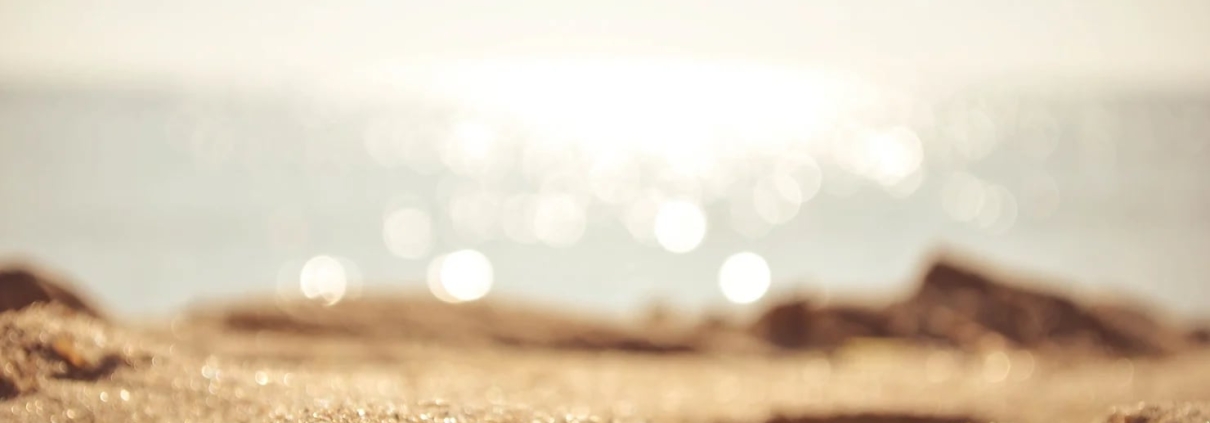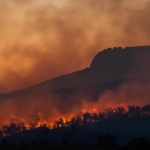Climate Emergency and the Nature of Mind
Connected to the challenges we face associated with the climate emergency there are a range of things people may be feeling and experiencing.
There is no right way or wrong way to feel. We can find greater ease through developing skills and tools to process feelings and emotions so we can notice when we are resisting our thoughts, feelings and emotions; engaging in desperate attempts wishing these moments would end; or when we feel overwhelmed by hopelessness, despair, loneliness and isolation.
There are a few key things that may help and have to do with understanding the nature of mind.
The first involves recognising that right now is an incredibly difficult times we are living though. While some of us have fridges full, comfy beds and access to the natural world, for others it is a time of survival, of trying to feed families, poverty, homelessness, dealing with grief and sometimes living in unbearably stressful situations and ongoing worry about loved ones and witnessing catastrophic environmental change.
So how do we caretake ourselves, each other and our community in the best way we can?
Understanding the nature of mind plays an important role.
In understanding the mind, there is an important story about a man who lived 2500 years ago, who dedicated his life to studying the human condition, recognising that part of being human means there is an inevitability we will experience some incredibly difficult times. In his book ‘Healing the Heart and Mind with Mindfulness’, Mal Huxter writes that the Buddha was really an observational scientist, a great and brilliant psychologist who dedicated his life to study of the human condition by overserving his own mind, in the same way Michelangelo’s brilliance extended to art, and Stephen Hawkins to physics and cosmology.
One of his observations involved understanding deeply there are three poisons of that influence our human minds. These are relevant to our experience and how we can manage our stress and reactivity during the these times.
The first is aversion which emerges as ‘I don’t like this’, ‘I can’t stand that’, ‘I want this to be over’ or ‘this isn’t fair’. This creates emotional resistance and stress in the moment. There is a caveat though, which is that is doesn’t meaning passivity towards or condoning events related to social or environmental justice, rather it involves resisting our inner experience that is connected to stress in the way of our thoughts, feelings and emotions. Drug and alcohol addiction, technological addiction, anger and irritability arise through aversion and trying to get rid of unpleasant, unwanted emotions like fear, sadness, shame, embarrassment, boredom and anger. Aversion to strong emotions can also be protective of being overwhelmed in the case of trauma.
The second way we cause ourselves harm involves clinging, which is a form of greed. Presently, this is showing up as hoarding behaviours, being driven by fear of not having enough, witnessed in the toilet paper isles, the absence of hand sanitizer and availability of gloves. It also involves believing that things ‘should’ be a certain way which leads to resistance of the moment and increases stress exponentially.
The third involves a way of knowing the world that is like seeing through a cloudy lense where we believe and take to be true that we are separate. A wise friend calls it ‘rugged individualism’, and at it’s core is a delusional way of understanding ourselves as humans, where we are not able to recognise or know deeply our interconnectedness.
Thankfully though, there are antidotes to these ‘poisons’ which are:
Cultivating compassion and loving-kindness towards ourselves and others, in response to aversion. Self-compassion is an important practice or skill we can learn, with an understanding that in being kind to ourselves, we can be more present and extend greater kindness and compassion to others. These are things we can develop through practices, including meditation.
Generosity, letting go, the practice of giving and sharing of our possessions in response to fear and attachment. A widespread, societal behaviour change with far reaching possibilities.
Remembering our interconnectedness, and that we are a tiny grain of sand in a complex, dynamic, ephemeral, sub-particle dance of matter and change connected to everything, plants, animals (including humans). As our Native American Lakota relatives wisely and eloquently remind us to remember ‘we are all related’.



